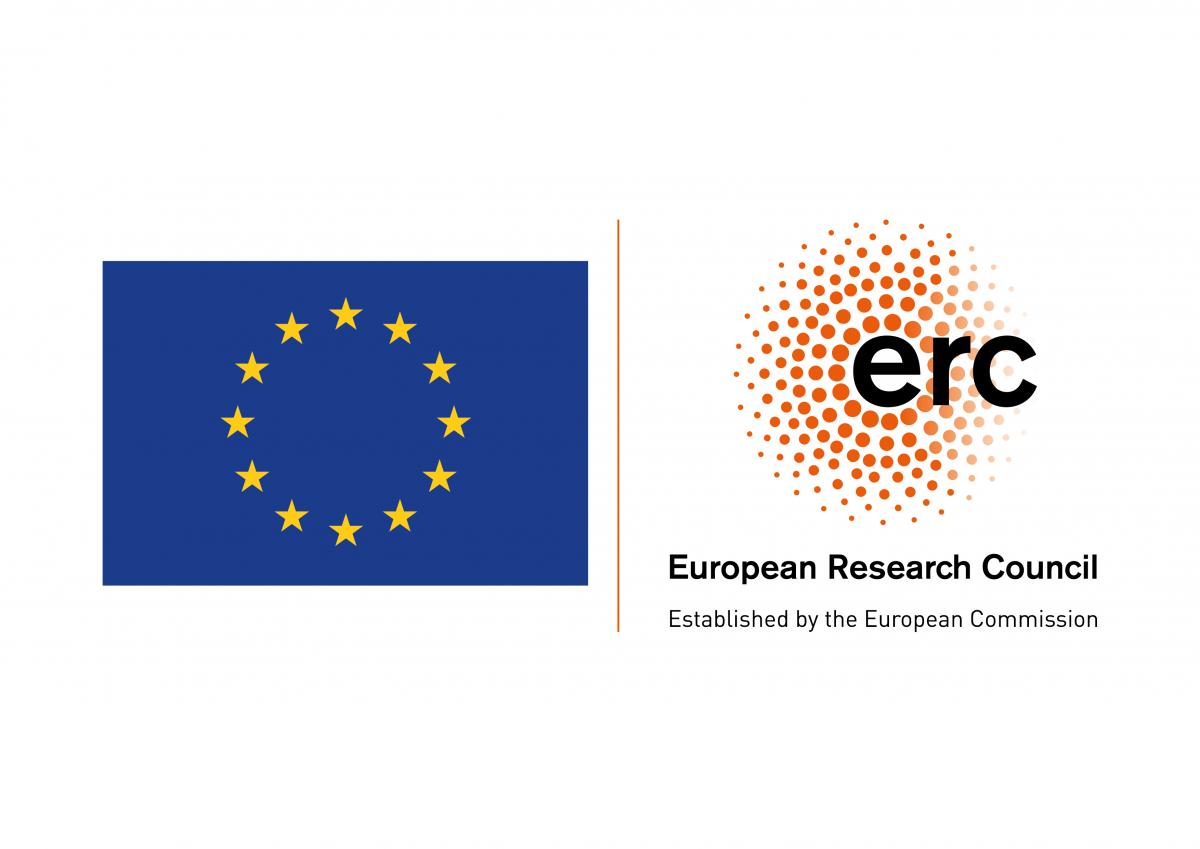Journée CombiTop@Lyon
→
Europe/Paris
Salle 435 (UMPA) (ENS de Lyon (site Monod))
Salle 435 (UMPA)
ENS de Lyon (site Monod)
46 allée d'Italie
69007 Lyon
Description
Lieu : salle 435, UMPA, ENS de Lyon (site Monod), 46 allée d'Italie, 69007 Lyon (accès)
Oratrice, orateurs : Thomas Budzinski, Linxiao Chen, Hugo Parlier, Wei Qian
Organisatrice, organisateurs : Jérémie Bouttier, Grégory Miermont, Joonas Turunen, Harriet Walsh
Soutien : ERC CombiTop
À noter : Cet évènement est soumis au pass sanitaire

